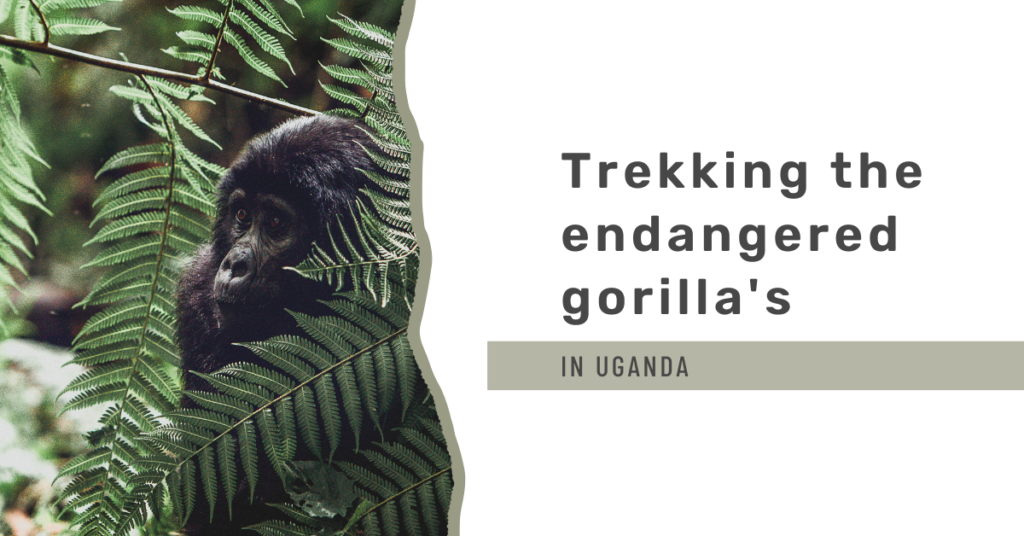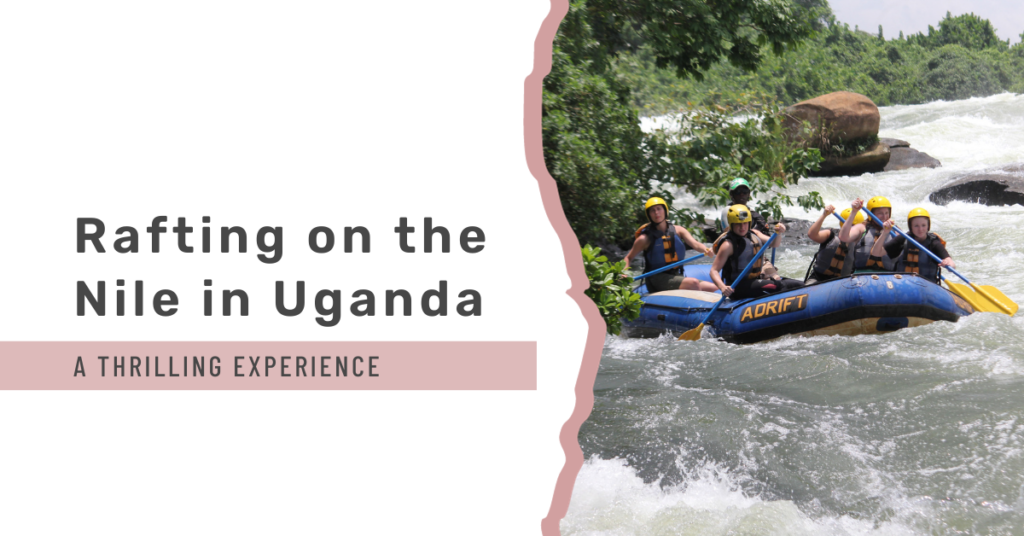In 2019, I ventured to Australia for my bachelor’s degree internship in Cairns. A city renowned for its proximity to the Great Barrier Reef as well as the Daintree rainforest. During my stay, I pursued my PADI certification and seized every opportunity to dive into the mesmerizing underwater world of this iconic marine ecosystem. Many dive companies in Cairns offer volunteer programs. Allowing participants to assist with various tasks on the dive boats in exchange for free dives or snorkelling experiences. I chose to volunteer with Divers Den and completed my dive course with Pro Dive, both based in Cairns.
Before formally enrolling in my dive course, I joined a trip with Pro Divers Den. Despite the physical challenges of the day, the hours spent in the water, observing the vibrant marine life and intricate coral formations, were undeniably rewarding. The Great Barrier Reef, with its vast expanse of more than 2,900 individual reefs stretching over 2300 kilometres, is truly awe-inspiring. Its sheer size is so remarkable that it can be observed from outer space, earning it a well-deserved place among the seven natural wonders of the world.




The diversity of the Great Barrier Reef
The Great Barrier Reef is renowned for its incredible biodiversity. Within its clear and vibrant waters, an astonishing variety of life flourishes, with many of these species being exclusive to this unique ecosystem. As you explore the depths of the reef, you’ll encounter organisms that have adapted in remarkable ways to thrive in these waters and can’t be found anywhere else on our planet. This underwater world is a testament to the wonders of nature, where countless species have carved out their niches in this diverse and pristine environment. It’s a living testament to the beauty and complexity of the natural world.
What truly sets the Great Barrier Reef apart is the presence of species found nowhere else on our planet. This phenomenon is a result of millions of years of isolation, providing the perfect conditions for evolution to work its magic. From the magnificent carpet anemone shrimp to the mysterious Epaulette shark, the reef boasts a menagerie of unique creatures that have finely tuned themselves to the reef’s intricate ecosystems. Each endemic species has its own story of adaptation and survival, adding to the rich tapestry of life that defines this remarkable underwater world.
Coral Kingdom: A Palette of Diversity
The Great Barrier Reef’s vibrant underwater landscapes are a testament to the astonishing diversity of coral life that thrives within its clear and warm waters. This underwater kingdom boasts approximately 400 distinct types of corals. Ranging from the delicate and swaying soft corals to the robust and calcified structures of hard corals. Collectively, these corals serve as the architects of the reef, providing not only breathtaking visual displays but also crucial habitats and sustenance for a multitude of marine creatures. The coral formations form the very foundation of this complex ecosystem. Creating a framework upon which the entire reef community depends.
As you immerse yourself in the world beneath the waves, you’ll find that the diversity of corals is a true marvel. Each type of coral brings its unique texture, shape, and colour palette to the underwater canvas. Painting a mesmerizing tapestry that is a sight to behold. The intricate structures created by these corals provide shelter and hiding places for various species of fish, crabs, and other marine life. Furthermore, they offer a source of sustenance for many coral-feeding organisms, making them central to the reef’s delicate balance. The coral kingdom, with its diversity and ecological significance, is a testament to the Great Barrier Reef’s status as a global treasure and a hub of marine biodiversity.
Colourful Residents: The Fish of the Reef
Beneath the crystalline waters of the Great Barrier Reef lies a bustling underwater metropolis teeming with life. More than 1500 different species of fish, each with its unique characteristics and colours, grace the stage of this marine wonderland. Among these vibrant inhabitants, you’ll encounter some familiar faces. Like the iconic clownfish, which gained fame through its portrayal in the animated film ‘Finding Nemo.’ Yet, the reef’s fish community extends far beyond the charismatic clownfish, encompassing a mesmerizing kaleidoscope of colours, shapes, and behaviours. As you snorkel or dive, you’ll witness the intricate dance of these underwater residents, each playing its part in the reef’s ecological symphony.
The Great Barrier Reef’s fish diversity offers a visual feast for anyone exploring its depths. Schools of angelfish glide gracefully among the corals, while the flamboyant parrotfish graze on algae and contribute to the reef’s health. The elegant seahorses, with their intricate camouflage, blend seamlessly into the reef’s surroundings. Each fish species has adapted to its unique niche within this complex ecosystem. Making the reef a thriving hub of marine biodiversity. Whether you’re an avid diver or simply an admirer of marine life. The colourful residents of the Great Barrier Reef never cease to amaze you, providing an unforgettable experience of the underwater world.




Graceful Guardians: Sea Turtles
Above the azure waters of the Great Barrier Reef, the sandy shores and islands serve as vital nesting grounds for six distinct species of sea turtles. These graceful marine reptiles, with their ancient lineage dating back millions of years, have found sanctuary in the reef’s surroundings. Observing them in their natural habitat is a truly awe-inspiring experience. As they glide effortlessly through the waters or elegantly come ashore to lay their eggs, sea turtles offer a glimpse into the timeless rhythms of nature.
Sea turtles play a crucial role in maintaining the health of the marine ecosystem. Their feeding habits help control populations of seagrasses and jellyfish, ensuring the balance of species beneath the waves. However, these ancient creatures face various threats, including habitat degradation and fishing activities. Therefore, the protection of sea turtles and their nesting sites is not only a testament to the vital role they play in marine conservation. But also a testament to the Great Barrier Reef’s commitment to safeguarding its unique inhabitants.
Aerial Visitors: Birds of the Islands
The islands scattered throughout the Great Barrier Reef are not only idyllic retreats for marine life but also serve as temporary stopovers and nesting grounds for an impressive 215 species of birds. These feathered visitors add a captivating dimension to the already enchanting scenery of the reef. As you explore these island habitats, you’ll encounter a rich avian diversity that complements the vibrant underwater world. Whether you’re watching a majestic sea eagle soar overhead or observing a charming colony of nesting seabirds. The birdlife of the Great Barrier Reef adds an extra layer of wonder to this natural spectacle.
For these avian visitors, the islands of the Great Barrier Reef are not just a place to rest; they are essential waypoints in their migratory journeys. Many of these birds travel vast distances, using the islands as crucial stopovers to rest and refuel. Additionally, the islands provide secure nesting sites, free from many terrestrial predators, making them an ideal location for breeding and raising young. As you witness the aerial ballet of these birds against the backdrop of the reef’s stunning landscapes, you gain a deeper appreciation for the interconnectedness of the diverse ecosystems that make up this extraordinary natural wonder.
Threats to the Great Barrier Reef
The Great Barrier Reef, a global natural treasure, faces a range of significant threats that impact its health and resilience. These threats, both natural and human-induced, pose challenges to the long-term well-being of this iconic marine ecosystem.
Climate Change
Climate change represents one of the most significant threats to the Great Barrier Reef. Rising sea temperatures have led to increasingly frequent and severe coral bleaching events. During these events, corals expel their symbiotic algae, causing them to lose their vibrant colours and, in many cases, die. The reef’s corals, already weakened by such events, become more susceptible to diseases, hindering their capacity to recover. Moreover, ocean acidification, resulting from the absorption of excess carbon dioxide, poses a direct threat to the ability of corals and other marine organisms to build and maintain their calcium carbonate skeletons, essential for the reef’s structure.
Human Activities
Human activities exert substantial pressure on the Great Barrier Reef, significantly intensifying the already formidable challenges it faces. These human-induced pressures, arising from various aspects of modern civilization, have multifaceted impacts on this iconic marine ecosystem. By categorizing these activities into distinct segments, we can gain a deeper understanding of how each contributes to the degradation of the reef and appreciate the complexity of the issues at hand.
Pollution and Nutrient Runoff
Runoff from agriculture, land development, and urbanization introduces pollutants, such as pesticides and fertilizers, as well as excess nutrients into the reef’s waters. These contaminants can lead to water quality degradation, algal blooms, and the proliferation of harmful crown-of-thorns starfish. The excessive nutrient levels fuel the growth of these starfish, which prey on coral polyps, exacerbating coral decline.
Overfishing and Illegal Fishing
Overfishing, especially of key herbivorous species like parrotfish, disrupts the delicate balance of the reef’s ecosystem. The absence of these crucial grazers can lead to the overgrowth of algae, suffocating corals. Additionally, illegal fishing practices, such as blast fishing and the use of cyanide, further harm the reef and its inhabitants, depleting fish populations and damaging the fragile coral structure.
Coastal Development and Urbanization
Coastal development and the expansion of urban areas can have adverse effects on the Great Barrier Reef. These activities can result in habitat destruction, sediment runoff, and pollution. Sediment runoff can smother corals, while pollution can harm marine life and disrupt ecosystems. Proper management and sustainable coastal planning are essential to mitigate these impacts.
Tourism Impact
The influx of tourists seeking to explore the vibrant underwater world of the Great Barrier Reef is a double-edged sword. On one hand, tourism provides essential economic support for the region and fosters a deeper appreciation for the reef’s ecological importance. On the other hand, it brings with it a set of challenges that require thoughtful management and responsibility.
Snorkelling and diving activities, in particular, attract visitors eager to immerse themselves in the reef’s kaleidoscopic realm. However, the sheer number of tourists engaging in these pursuits can inadvertently inflict harm upon the delicate coral reefs. As snorkelers and divers glide through the water, they may unintentionally make contact with corals, which, although seemingly tough, are highly vulnerable to physical disturbances. The slightest touch can dislodge or damage these fragile organisms, and when multiplied by the thousands of tourists who visit the reef, the cumulative impact becomes substantial.
Proper guidelines and reef etiquette are crucial tools in minimizing these impacts. Tour operators play a pivotal role in educating visitors about responsible practices. This includes maintaining a respectful distance from the corals, avoiding touching them or standing on them, and being mindful of buoyancy to prevent accidental collisions. Fins should be used cautiously to avoid stirring up sediment, which can smother corals. Furthermore, snorkelers and divers should refrain from collecting souvenirs or disturbing marine life. Education programs and briefings on responsible snorkelling and diving are often provided to visitors before they embark on their underwater adventures.
Waste Disposal
Improper waste disposal, such as littering or discharging wastewater from boats, can introduce pollutants into the reef’s environment, harming marine life and water quality. Promoting responsible waste disposal practices is vital for reef conservation. Balancing the economic benefits of tourism with the conservation of the reef remains a significant challenge. emphasizing the need for sustainable tourism practices and visitor education to protect this natural wonder.
These threats collectively undermine the resilience of the Great Barrier Reef, highlighting the urgent need for concerted conservation efforts, sustainable practices, and international cooperation to protect this natural wonder for generations to come. Preserving the reef is not only a responsibility to safeguard biodiversity but also a critical step in addressing the global challenge of climate change and its far-reaching consequences for marine ecosystems worldwide.
What you can do to protect the Great Barrier Reef
The Great Barrier Reef, a natural wonder of global significance, relies on the collective efforts of individuals like you to ensure its survival. To make a tangible difference, consider adopting eco-friendly habits that reduce your environmental footprint. By conserving energy, reducing water consumption, and embracing sustainable transportation options, you actively contribute to curbing climate change and the associated threats to the reef. When purchasing seafood, choose sustainably sourced options to prevent overfishing and support responsible fishing practices. Minimize single-use plastics, which can find their way into the ocean and harm marine life. When visiting the Great Barrier Reef, adhere to responsible tourism guidelines, respect reef etiquette, and select tour operators committed to sustainable practices. Your choices as a responsible traveller not only protect the reef but also set an example for others, inspiring a culture of conservation.
Advocacy is a powerful tool in the fight to protect the Great Barrier Reef. Get involved with organizations dedicated to reef conservation, both locally and globally, and support their initiatives. Join community-based efforts that aim to preserve and restore the reef’s health. Engage with indigenous groups and local communities, who often possess invaluable knowledge about reef management and conservation. Advocate for stronger environmental regulations and policies that safeguard the reef from threats like pollution and overfishing. Participate in citizen science projects that contribute to scientific research and monitoring of the reef’s condition. Lastly, share your passion for the Great Barrier Reef with younger generations through education and outreach programs, instilling in them a sense of responsibility and stewardship for this remarkable ecosystem. Together, as advocates and protectors of the Great Barrier Reef, we can ensure its enduring beauty and vitality for generations to come.
Want to support my work?
I spend a lot of time keeping this website filled with educational content and keeping updates about what I do to achieve my dream of working and living in Africa. Do you want to support me? You can buy me a coffee or purchase one of my digital prints. All proceeds will go towards my elephant research and the time spent on this website.







